Fill Flash
Fill flash is where you use your camera's flash (or an external flash unit) as a secondary light to fill in shadows.
One of the main uses for fill flash is when photographing people under bright light (for example on a sunny day). The harsh light creates strong shadows on the face. But by using fill flash, you can add some light to the shadows and reduce their appearance.
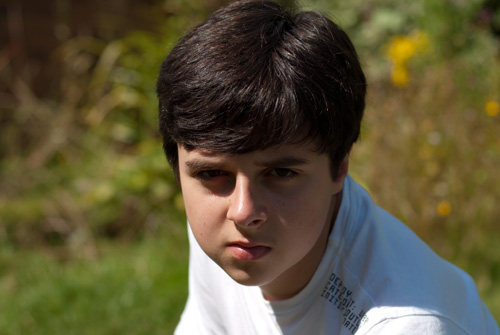
Strong sunlight with no flash
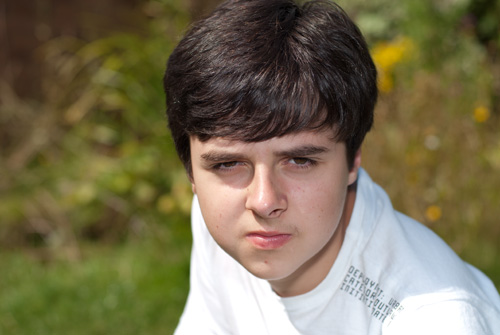
Strong sunlight with flash
Although fill flash helps fill in the shadows in this situation, please bear in mind that having your subject front lit by the sun is generally not a good idea. The strong sunlight will make them squint, which doesn't make for a very good photo.
Another use for fill flash is when photographing a subject that is in shadow, while the background is more brightly lit, e.g. someone standing in the shadow of a tree on a sunny day. Normally in this situation you would either have to expose the photo so the bright background is blown out and the person's face is exposed correctly, otherwise you could expose the background correctly but have the person's face dark in shadow.
But by using fill flash, you can use an exposure that exposes correctly for the background, while using the flash to expose the subject correctly. Although fill flash is often useful for this type of situation, remember that in some cases a photo might look better with the background overexposed.
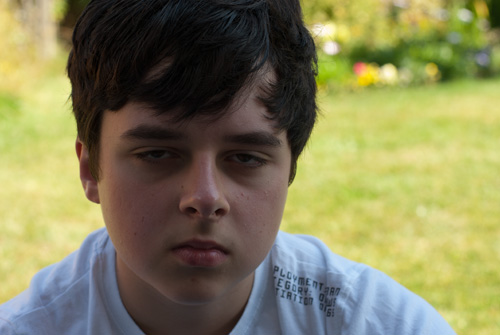
Subject in shade with bright background no flash
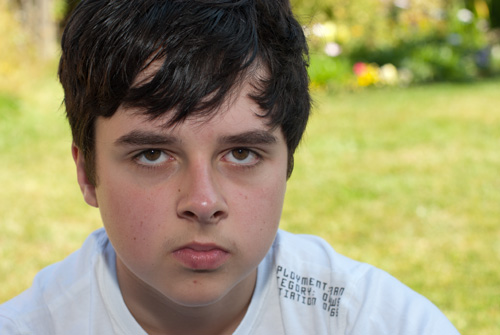
Subject in shade with bright background and fill flash used
Similarly, if you photographing a subject in bright sunlight, but faced away from the sun (so they are backlit with face in shadow), fill flash can make a great improvement.
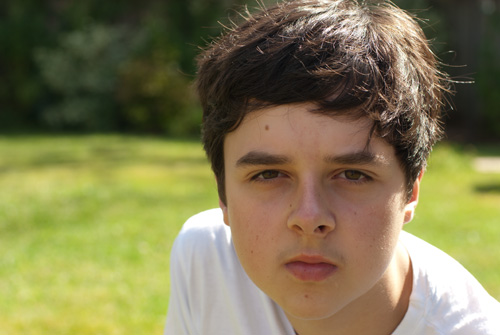
Subject backlit by sun with no flash
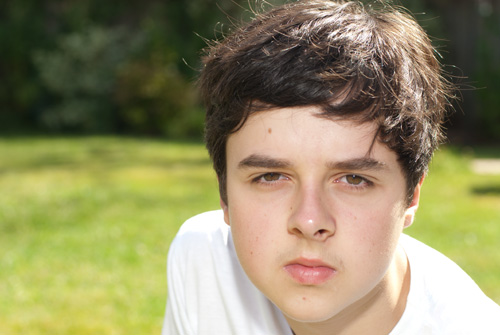
Subject backlit by sun with fill flash
When using fill flash it is often best not to point the flash directly at the subject, as then the flash could introduce harsh shadows of its own. Instead use a diffuser or bounce the flash.
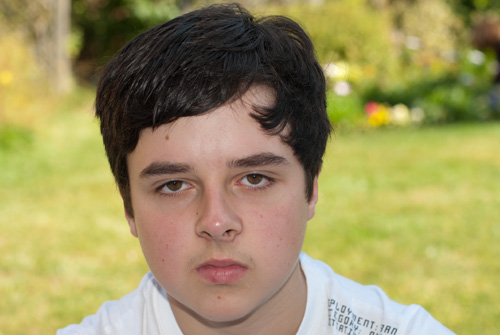
Subject lit with undiffused fill flash
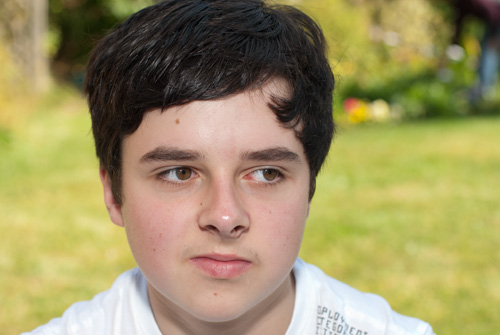
Subject lit with diffused fill flash
Notice how the shadow underneath the neck has a much softer outline with the diffused flash. Generally the larger the diffuser, the more diffused the light will be. This is why professionals often use large softboxes and umbrellas. But even a small diffuser will make an improvement compared to none at all.
Small diffusers can be bought for your camera's pop-up flash to help soften the flash.
If you have a separate flash unit (speedlight), you can usually rotate the head of the flash so that it is not pointing directly at your subject. Then bounce the flash off a small piece of white card (many flashes come with this built in). If you are shooting indoors you can bounce the flash off a wall or the ceiling for a nice diffused light.
There are also a large variety of diffusers available for flash units, such as mini softboxes and diffusion domes.
When using fill flash, you want the flash to add to the existing light on the subject, rather than becoming the main light. Generally you will need to apply -1EV flash exposure compensation to reduce the brightness of the flash. This gives a more balanced photo, with enough brightness from the flash to fill in the shadows while still giving a natural light look to the photo.
Although fill flash is most often used for portrait photography, it is also very useful for other types of photography. Wildlife photographers sometimes use it to brighten shadow areas of their subject and add catchlights to the animal's eyes.
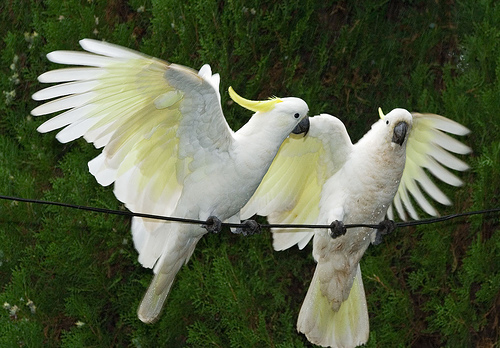
Sulphur Crested Cockatoos - IMG_9590 by Richard Taylor on flickr (licensed CC-BY)
Real estate photographers will also often use fill flash when a room is lit unevenly. By bouncing the flash from a wall or large card they can ensure that soft light is spread evenly across the room rather than just where the window is. For photographing back-lit objects (e.g. a vase of flowers in front of a window), fill flash can also work very well.




